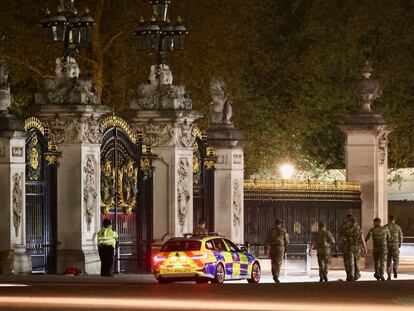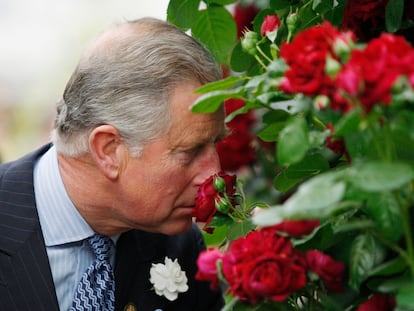A complete guide to the coronation of Charles III and Camilla
Find out about the processional routes, the crowns, the six stages of the ceremony and other details of the events to take place this Saturday in London
It’s the final countdown. After months of preparation, Britain will celebrate the coronation of Charles III and the world is getting ready to watch.
The coronation will take place in Westminster Abbey, which for almost a thousand years has witnessed the most important royal acts – the first going back to William the Conqueror in 1066. But the ceremony is a mere formality for Charles III, who has been serving as monarch since September 8 in the wake of his mother Elizabeth II’s death at age 96.
Official coronation timetable and route
Smaller in scale than Elizabeth II’s coronation in 1953, Charles III’s coronation will begin at 5:20 a.m. EDT – 10:20 a.m. London time – with what is known as the King’s Procession, when he and Camilla will travel to Westminster Abbey in the Diamond Jubilee State Coach – a six-horse-drawn carriage built to commemorate the 60th anniversary of the reign of Elizabeth II in 2012. Thousands will line the streets between Buckingham Palace and Westminster Abbey – down The Mall, where there are already royalist fans camping out, into Trafalgar Square, then Whitehall, and finally Westminster. The procession will end just before 6 a.m. EDT – 11 a.m. London time – the hour at which, according to the official schedule, the coronation will begin.
The King will enter through the Great West Door of Westminster Abbey and walk down the aisle towards the altar. He will be preceded by leaders, religious representatives and members of the Commonwealth, who will be accompanied by prime ministers, including the UK’s Rishi Sunak.
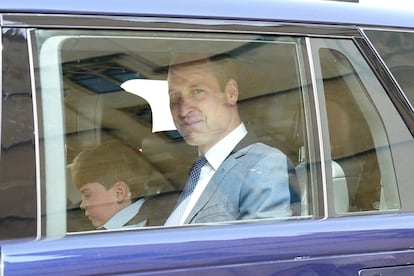
The 12 pieces of music for the ceremony have been personally selected by Charles III: Sir Andrew Lloyd Webber and Patrick Doyle are among those who wrote the pieces that will be played during his consecration as king. Greek Orthodox music will also be played during the ceremony in honor of Greek-born Prince Philip, who died in 2021.
The stages of the liturgy
The coronation can be watched across the world thanks to the television broadcasting of British channels such as the BBC.
More than 2,000 guests will participate in the event, including heads of state, religious representatives and members of the world’s royal families, including King Felipe and Queen Letizia of Spain, all of whom will be arriving at Westminster Abbey one or two hours in advance.
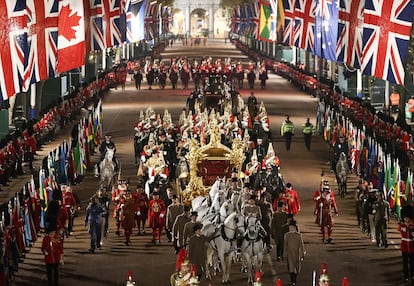
The ceremony, which is expected to last two hours, will be divided into six stages:
1. The recognition
Standing next to the 700-year-old Coronation Chair, Charles III will be presented to the congregation in the Abbey by the Archbishop of Canterbury, Justin Welby, who will give the first speech. That will be followed by brief interventions by a Lady of the Thistle and a Lady of the Garter –representing the English and Scottish Orders of Chivalry. The congregation will then shout God Save the King and trumpets will sound.
2. The Oath
At this stage, the Archbishop of Canterbury will recognize the multiple religions existing in the UK, present the King with a Bible and ask him to swear to respect the law of the Church of England during his reign. The King will also will have to declare himself a faithful Protestant.
3. The anointing
This is the most sacred part of the coronation. Charles III will have his ceremonial robe removed and sit in the Coronation Chair to be anointed. The Archbishop of Canterbury will anoint the monarch making a cross on his head, breast and hands. This is done with holy oil, produced using olives from the Mount of Olives in Jerusalem and consecrated in a special ceremony. A screen will be placed around the throne at this point.
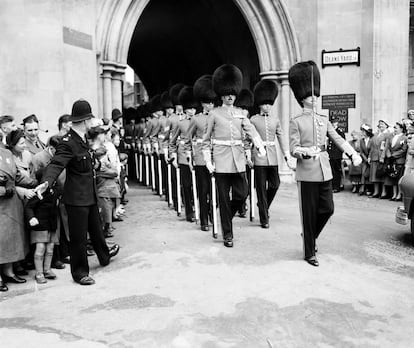

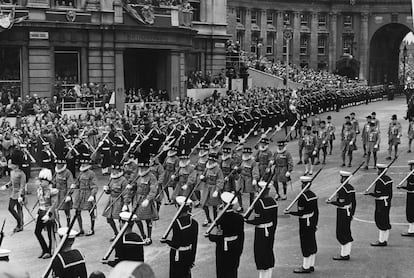
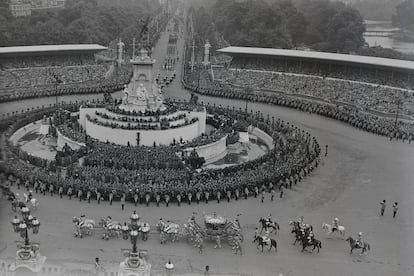
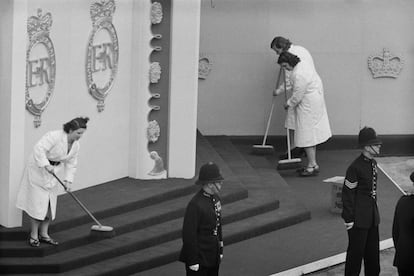
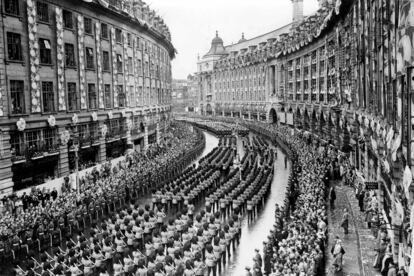



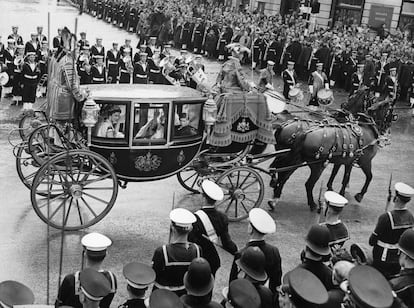

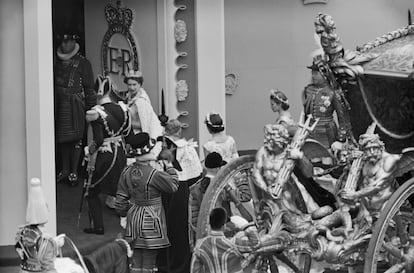
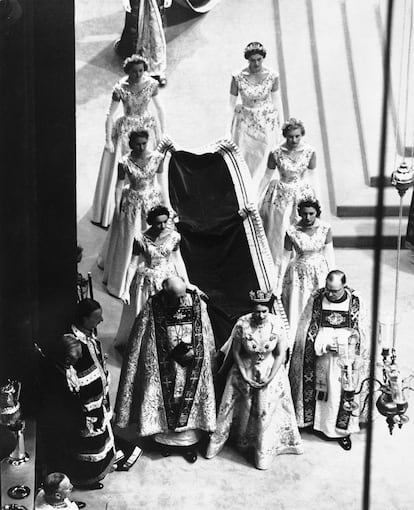
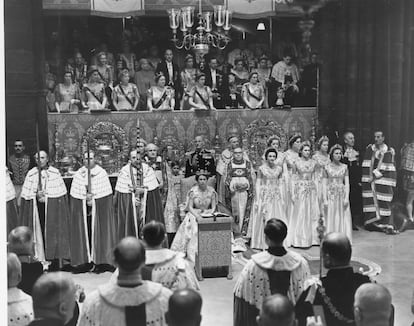
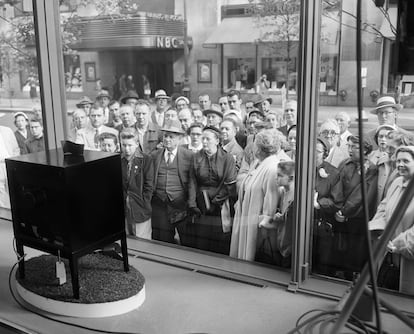
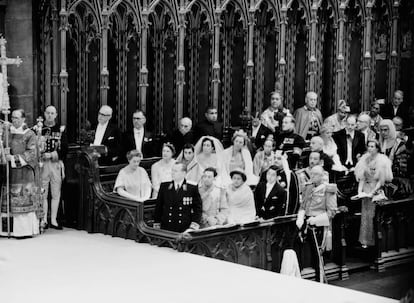
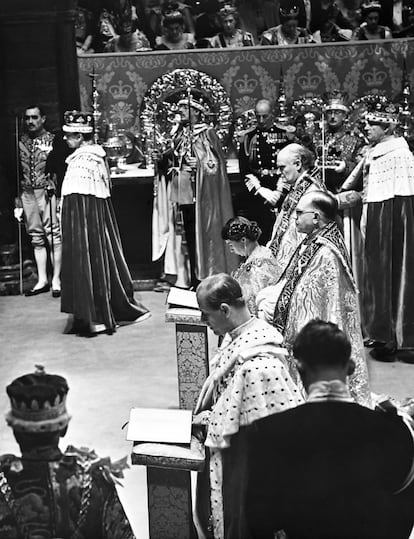
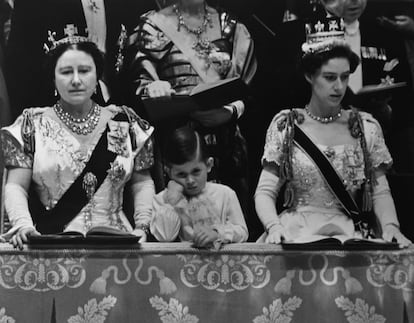
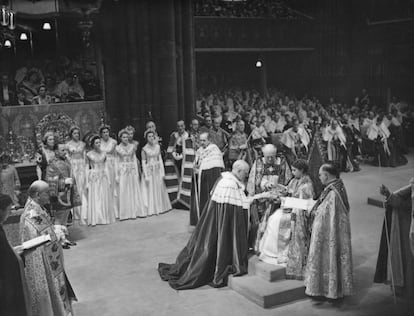
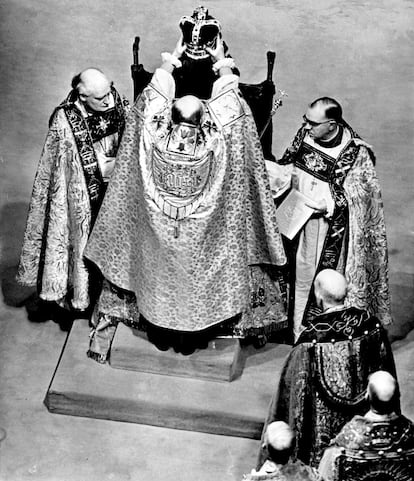
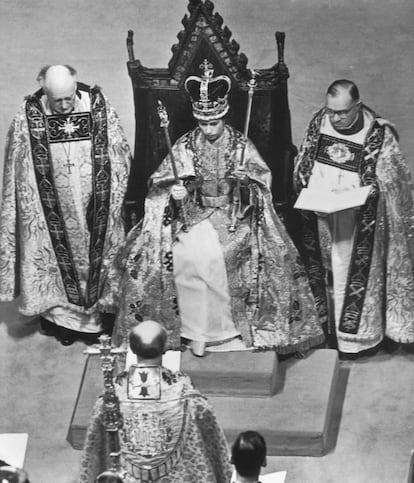

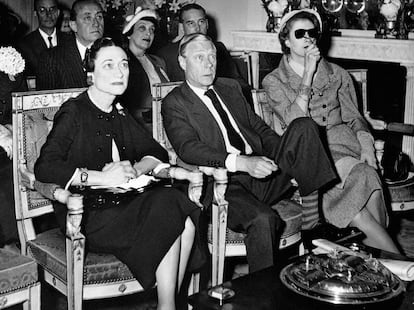


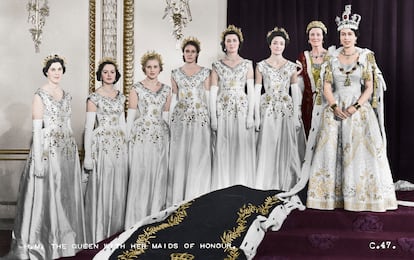



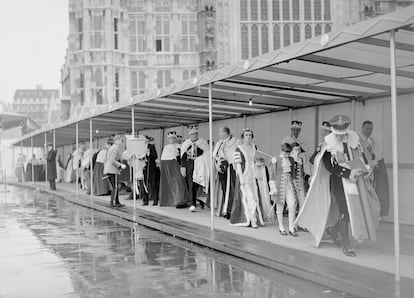
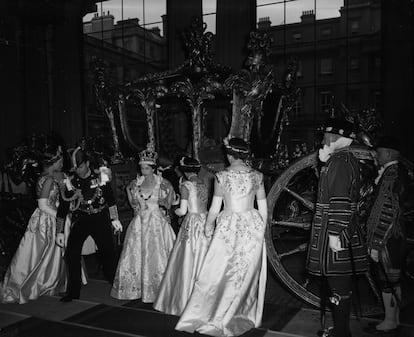
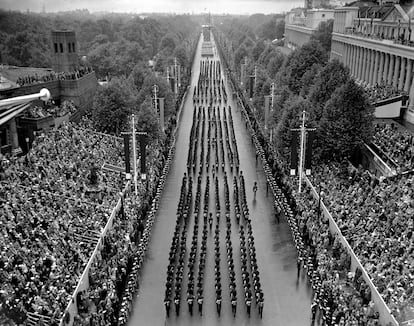
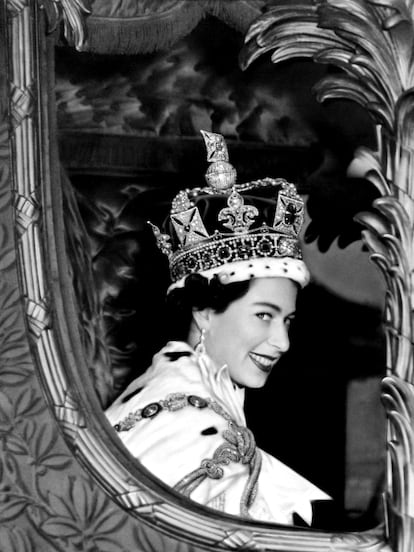
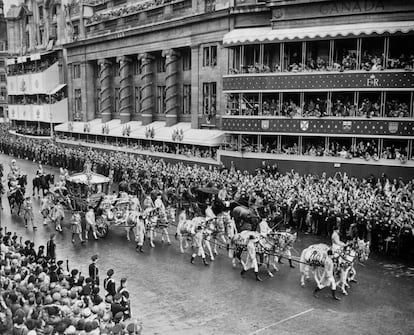
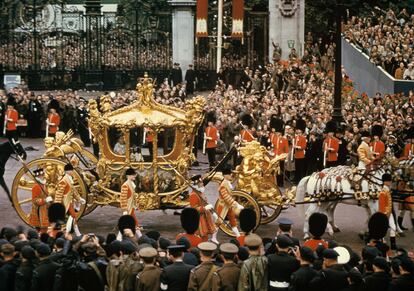
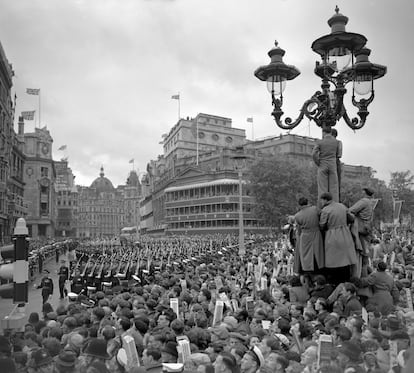
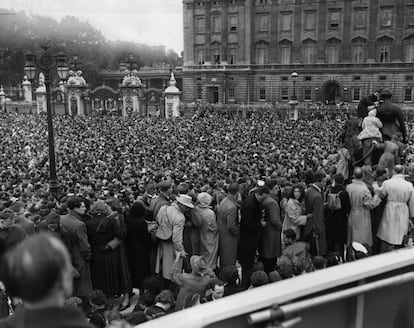
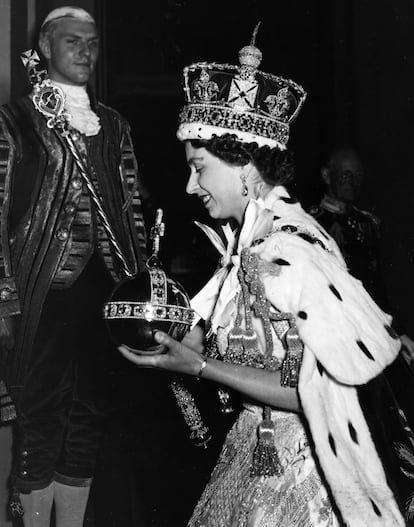
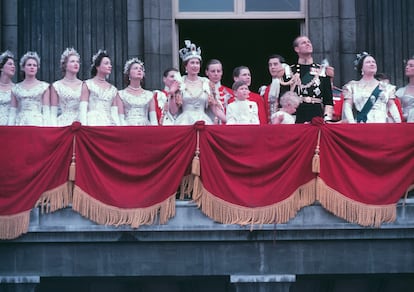

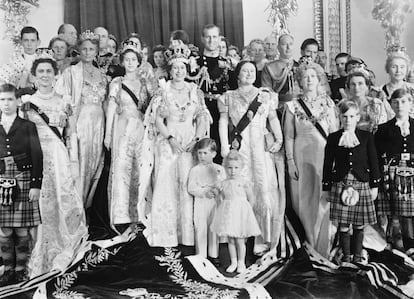
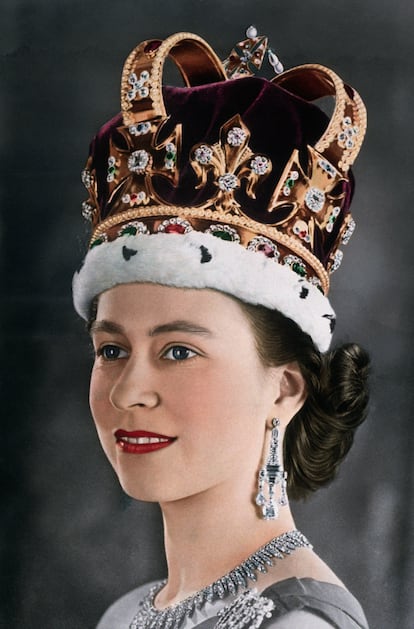
4. The investiture
This will be the only moment in which the King wears St. Edward’s crown, becoming the seventh monarch in history to wear it. But he will first be presented with significant jeweled objects, such as the Royal Orb, representing religious and moral authority, and the Sovereign’s Scepter, a golden rod with a white enamel dove to represent justice and mercy. After the Archbishop has placed the crown on his head, the Abbey bells will be rung for two minutes, trumpets will sound, and cannons will be fired throughout the United Kingdom.
5. The enthronement
In the final part of the ceremony, the king will ascend the throne. According to tradition, royals would have to pay homage by kneeling before Charles III, swearing allegiance and kissing his right hand. On this occasion, Prince William — the monarch’s eldest son and heir — will be the only one to kneel.
6. Queen Camilla
Camilla will have her own simpler ceremony, without any oath-taking. She will be crowned with Queen Mary of Teck’s crown, made for that queen’s enthronement alongside George V in June 1911. Although queens usually commission new crowns for their big day, Camilla has opted for “a more sustainable” option, as announced by the palace, and will only redesign some decorative elements, adding large diamonds, which were Queen Elizabeth’s favorite.
To wind up the ceremony, Charles and Camilla will leave their thrones and enter St. Edward’s chapel, located behind the main altar, where Charles III will take off St. Edward’s crown and replace it with the crown of the Imperial State, which will be worn throughout the procession back to Buckingham Palace and on the palace balcony. This is the crown that is used for the opening of Parliament and was created for the coronation of Queen Victoria in June 1838.
The trip back to the palace will be made by the same route in the Gold State Coach – the oldest and most valuable carriage, but also the most uncomfortable.
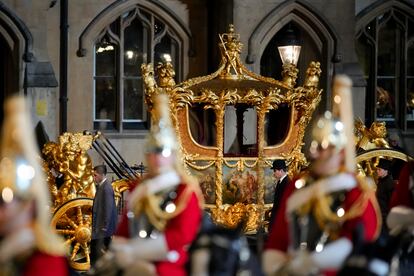
Given a potential lack of space for royal fans in London, screens have been installed throughout the country to broadcast the coronation from beginning to end: Hyde Park, Green Park and St. James Park will be the three main venues within the capital itself and the public will be directed to these areas.
The wave to the crowds from the balcony at Buckingham Palace has been a tradition since the coronation of Edward VII in 1902. At Elizabeth II’s coronation, the Queen was accompanied by the Queen Mother, her two sons, Charles and Andrew, and her sister Margaret. In this case, it has not been announced which members of the royal family will accompany Charles and Camilla, but the Prince and Princess of Wales, William and Catherine, and their three children are expected to be there. Conspicuous by his absence will be Prince Harry who, although he has already announced that he will attend the coronation, will not share this moment with his family. His intention is to return as soon as possible to California for the birthday of his son, Archie.
Sign up for our weekly newsletter to get more English-language news coverage from EL PAÍS USA Edition
Tu suscripción se está usando en otro dispositivo
¿Quieres añadir otro usuario a tu suscripción?
Si continúas leyendo en este dispositivo, no se podrá leer en el otro.
FlechaTu suscripción se está usando en otro dispositivo y solo puedes acceder a EL PAÍS desde un dispositivo a la vez.
Si quieres compartir tu cuenta, cambia tu suscripción a la modalidad Premium, así podrás añadir otro usuario. Cada uno accederá con su propia cuenta de email, lo que os permitirá personalizar vuestra experiencia en EL PAÍS.
¿Tienes una suscripción de empresa? Accede aquí para contratar más cuentas.
En el caso de no saber quién está usando tu cuenta, te recomendamos cambiar tu contraseña aquí.
Si decides continuar compartiendo tu cuenta, este mensaje se mostrará en tu dispositivo y en el de la otra persona que está usando tu cuenta de forma indefinida, afectando a tu experiencia de lectura. Puedes consultar aquí los términos y condiciones de la suscripción digital.
More information
Archived In
Últimas noticias
The story of the Málaga virus: The code that haunted Google’s cybersecurity center director for 30 years
The impact of Ecuador’s mega-prison: A polluted river, cleared forests and military checkpoints
Corinne Low: ‘I’m more concerned about the female happiness gap than the gender wage gap’
Trump traveled on Epstein’s plane ‘many more times’ than previously thought, according to new documents
Most viewed
- The low-cost creative revolution: How technology is making art accessible to everyone
- Christian Louboutin: ‘Young people don’t want to be like their parents. And if their parents wear sneakers, they’re going to look for something else’
- All the effects of gentrification in one corner of Mexico’s Colonia Roma
- Liset Menéndez de la Prida, neuroscientist: ‘It’s not normal to constantly seek pleasure; it’s important to be bored, to be calm’
- Christmas loses its festive spirit: ICE fears cast shadow over religious celebrations

